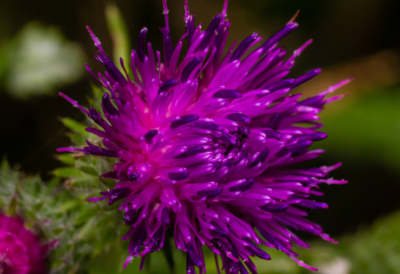For questions about noxious prevention call (720)248-0000.
The first and best way to manage noxious weeds is to prevent them in the first place. Of course, you can’t prevent everything from getting in, but you can take steps to
Prevention involves using healthy plants in the best way to reduce the growth of the problem. It’s not just about picking pretty plants, but about finding the right plants for the right area to work with the conditions of the soil, any weed issues, and the climate of the area. Cultural control is a great noxious weed prevention tool when used properly.
Matching the Species to the Environment
The best way to get cultural control to work is by assessing the planting environment. You need to make sure you get the right plant species for the conditions.
Colorado has a harsher climate compared to a lot of other areas. That means the species of plant needs to be hardy. It needs to be resistant to the dryer conditions that happen throughout the year.
Start right by planting well, watering adequately (especially during the growing season) and fertilizing the soil.
While cultural control is cost-effective, it can’t just be used on its own. You also need mechanical and biological options.
Using Mechanical Control for Noxious Weeds Prevention
Another way to prevent noxious weeds is the use of mechanical control, which is where you’ll use devices to exclude and get rid of pests. This can be labor-intensive, but it is effective.
You’ll need to set up barriers that prevent noxious weeds from getting to the plants. Then you’ll need to add mulch over the soil to protect the roots.
Managing with Chemical Control
Of course, there is chemical control as well. This is the use of pesticides and tends to be the most popular option. To schedule an appointment to discuss noxious weeds prevention program call (720)248-0000.

